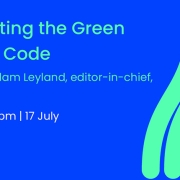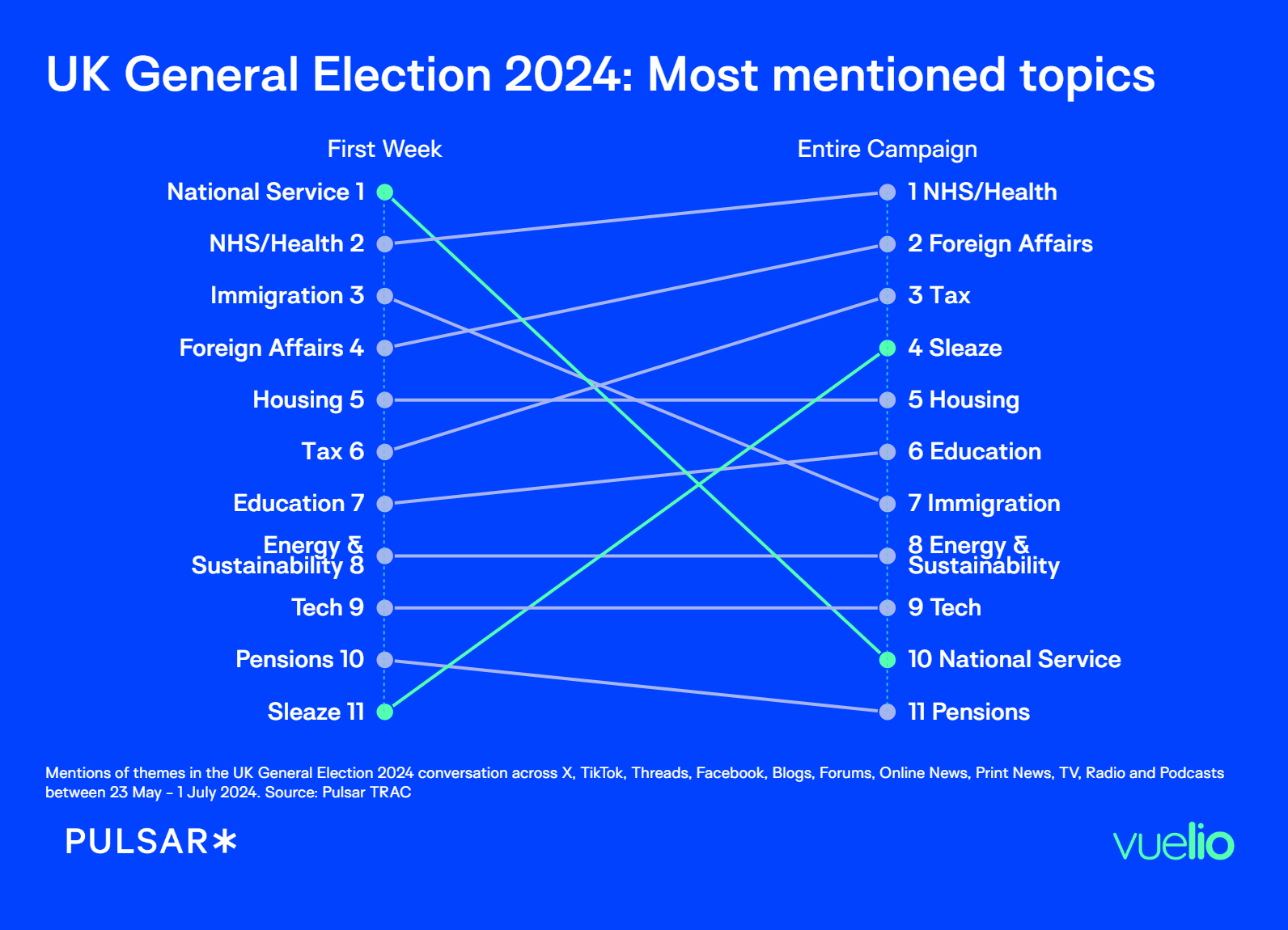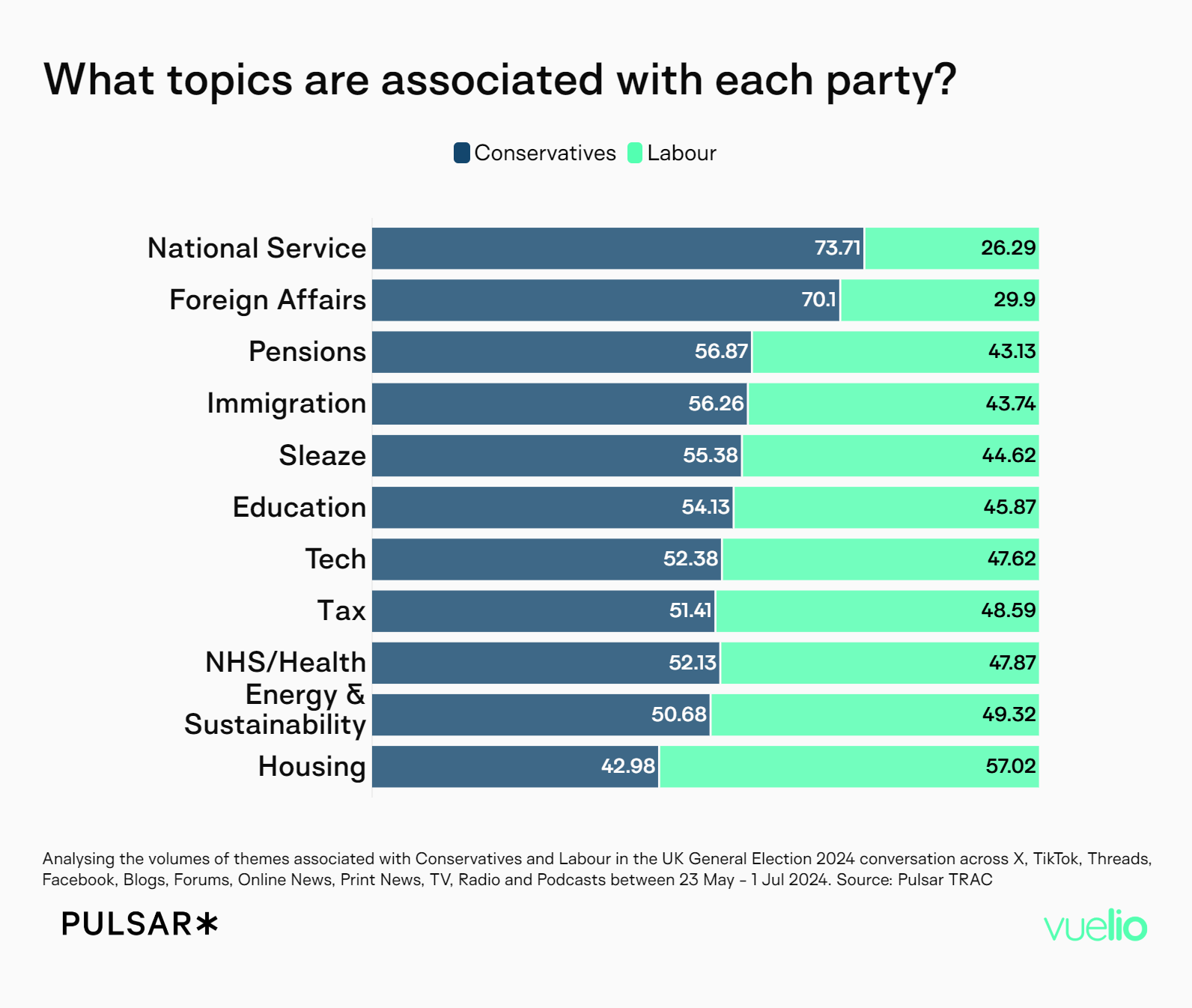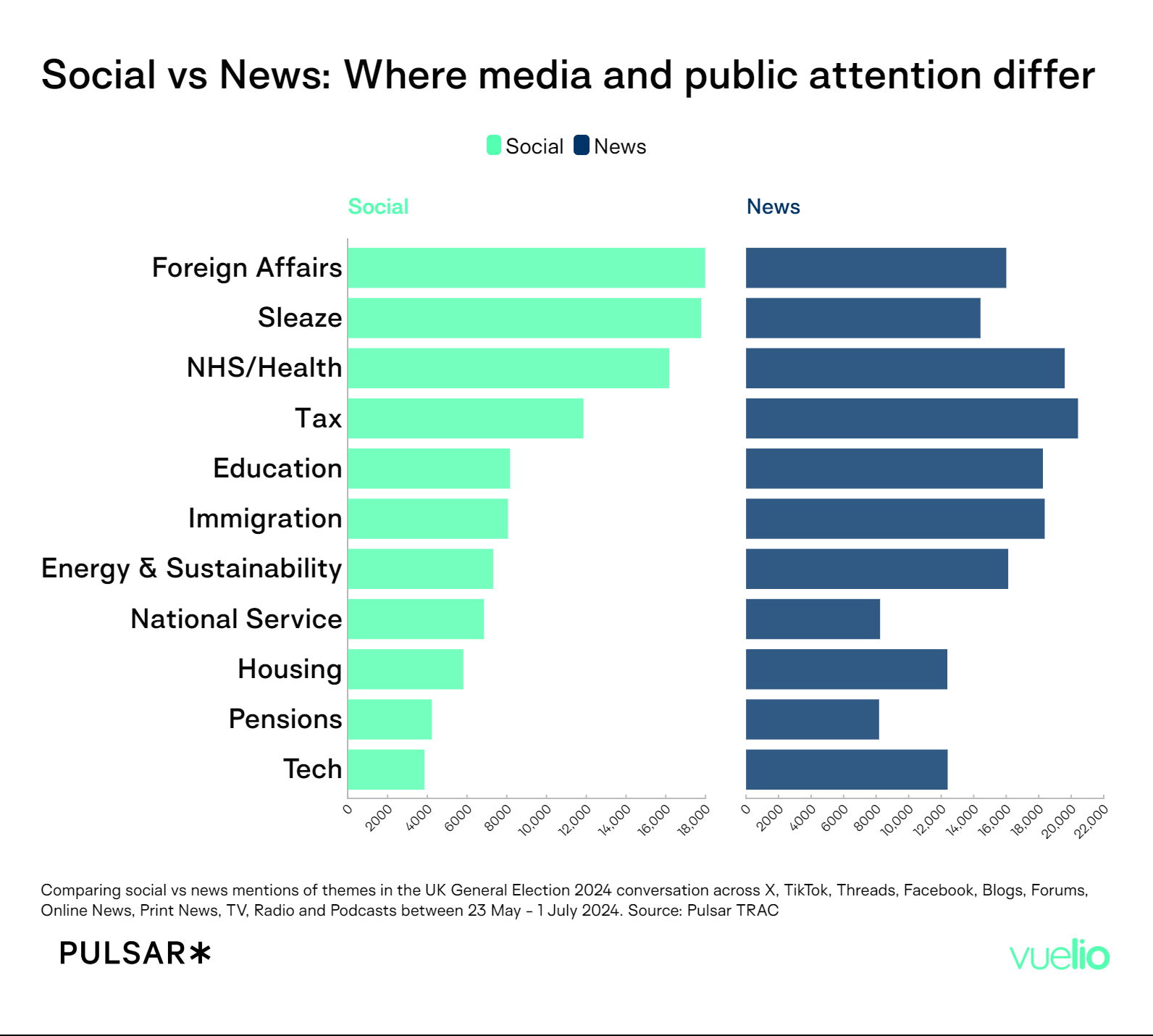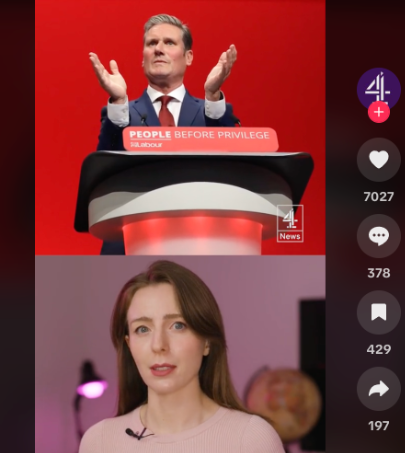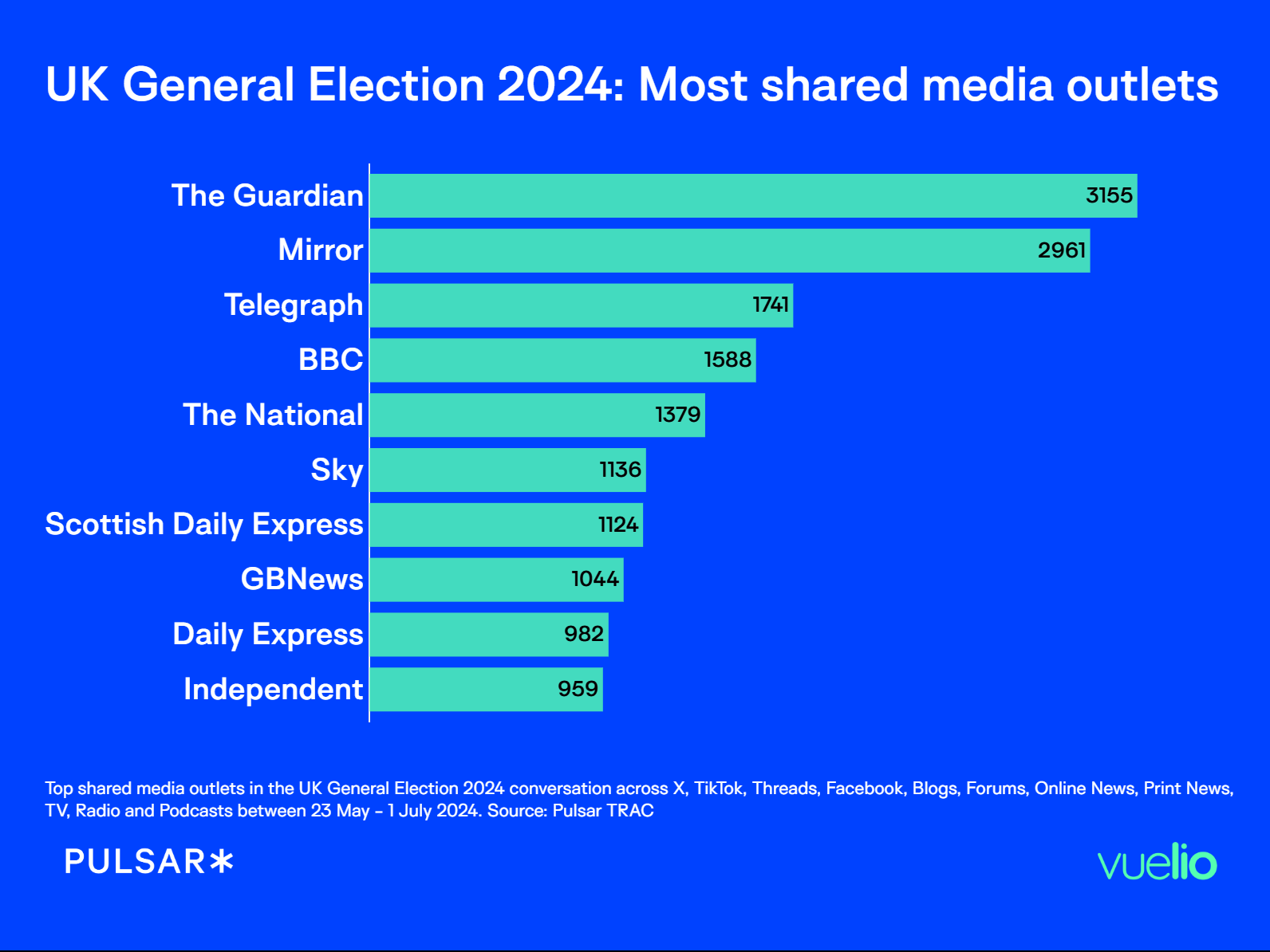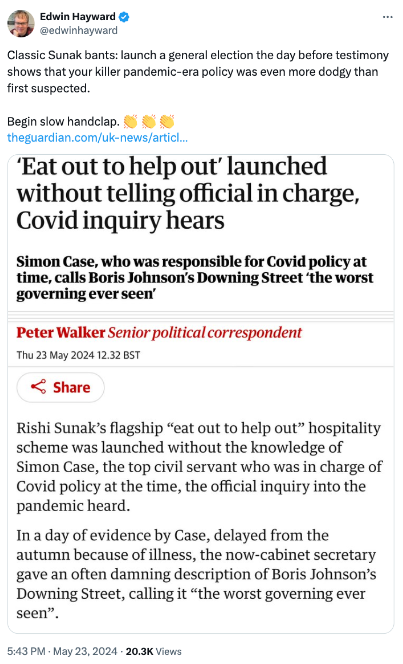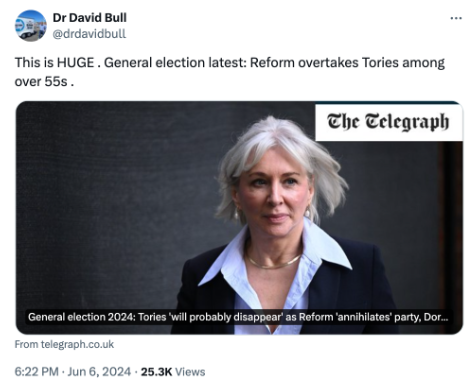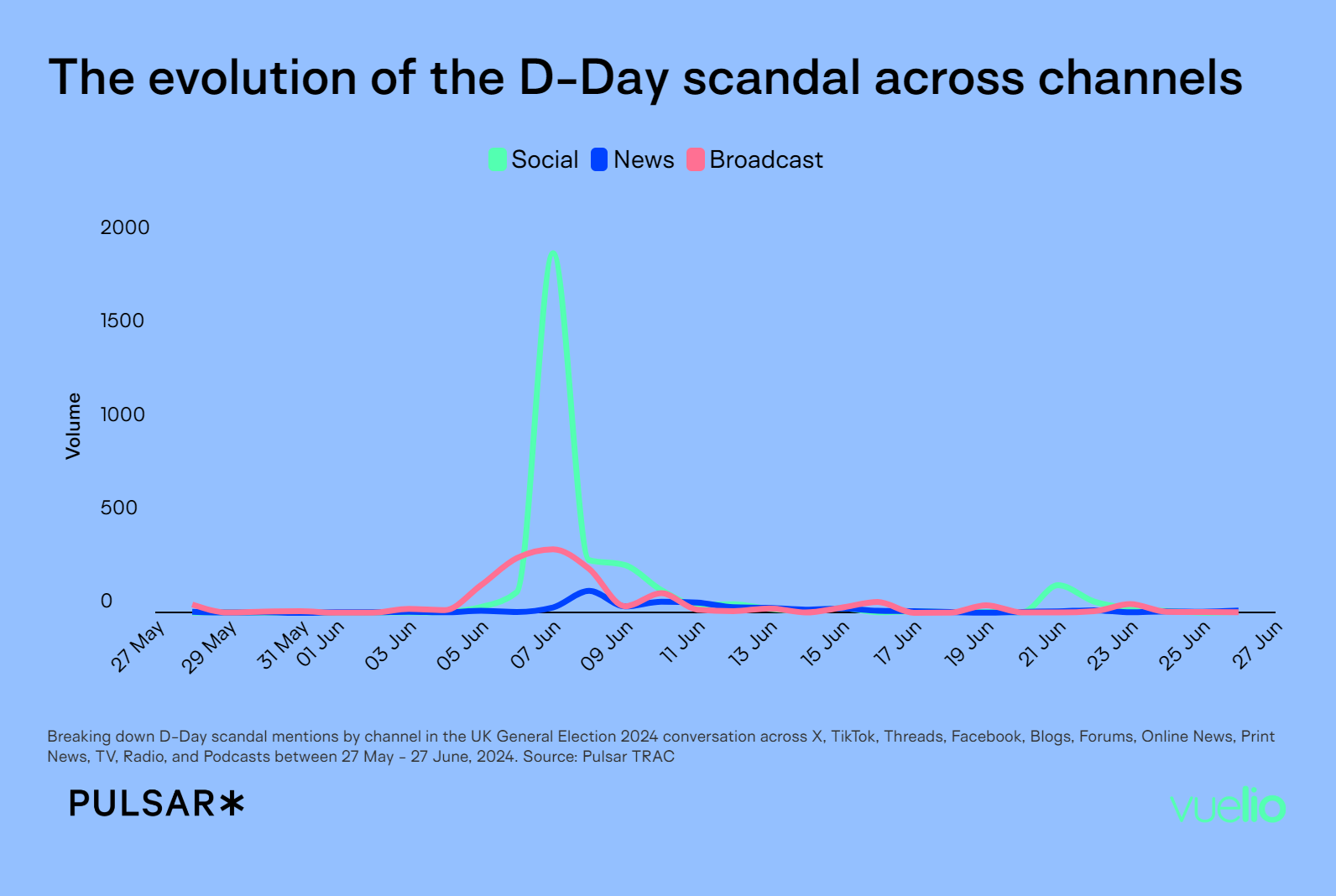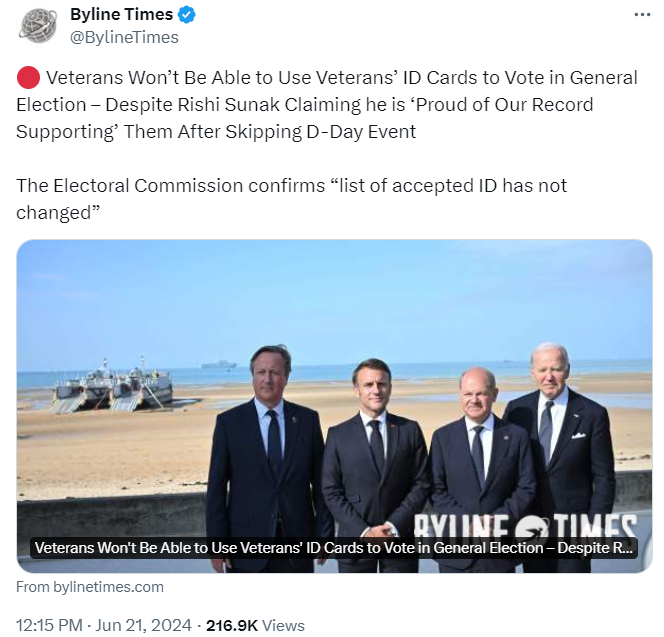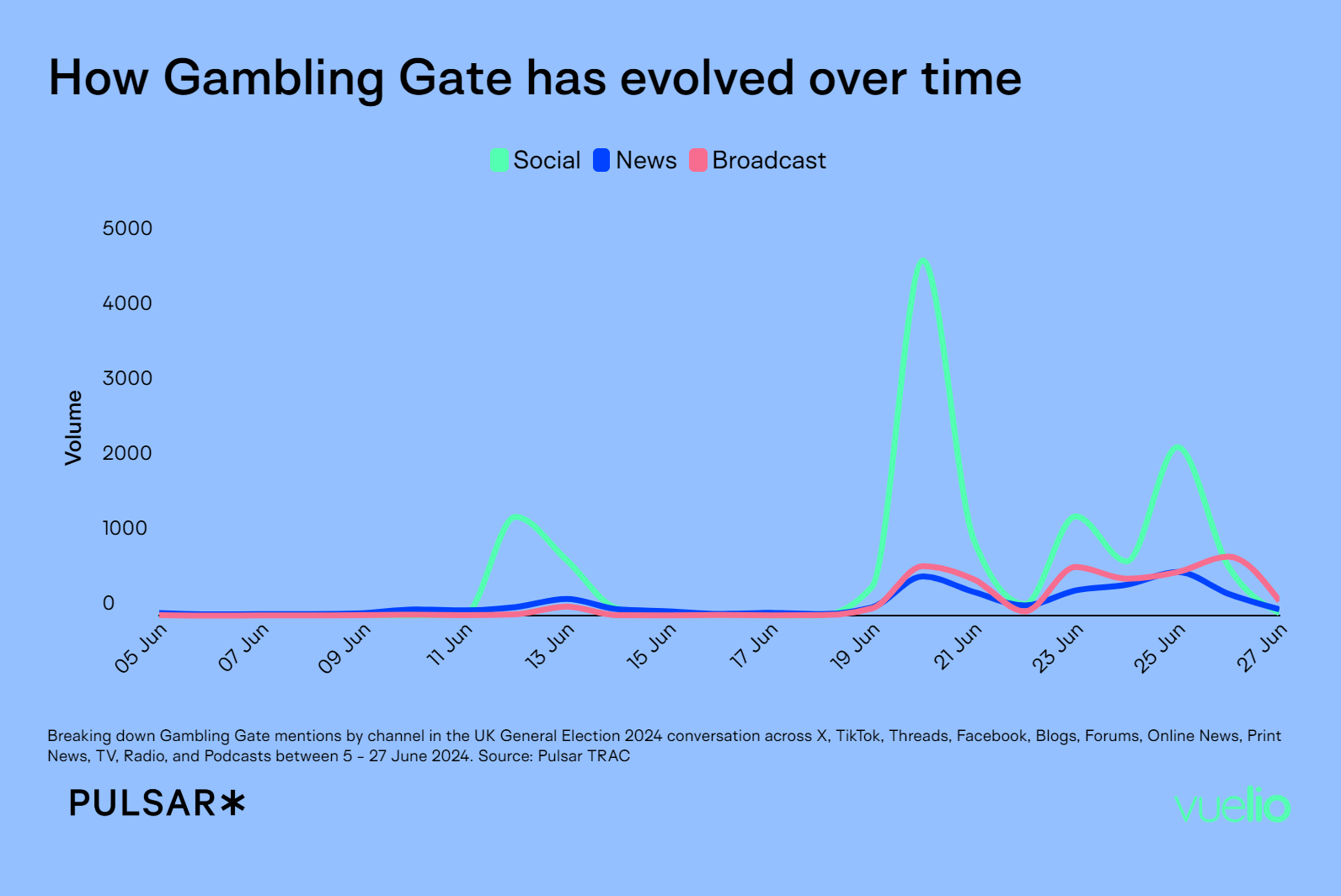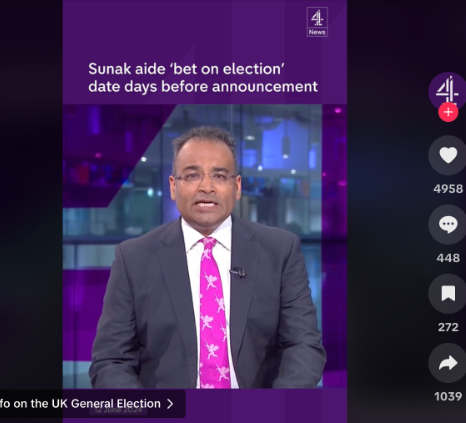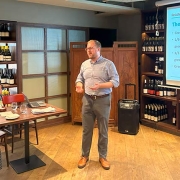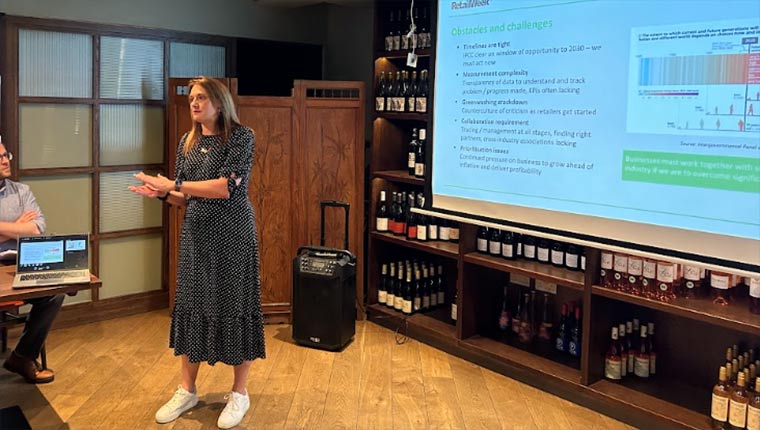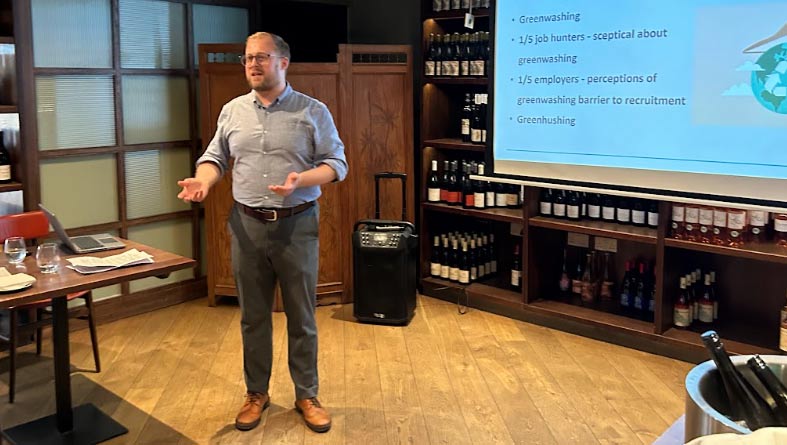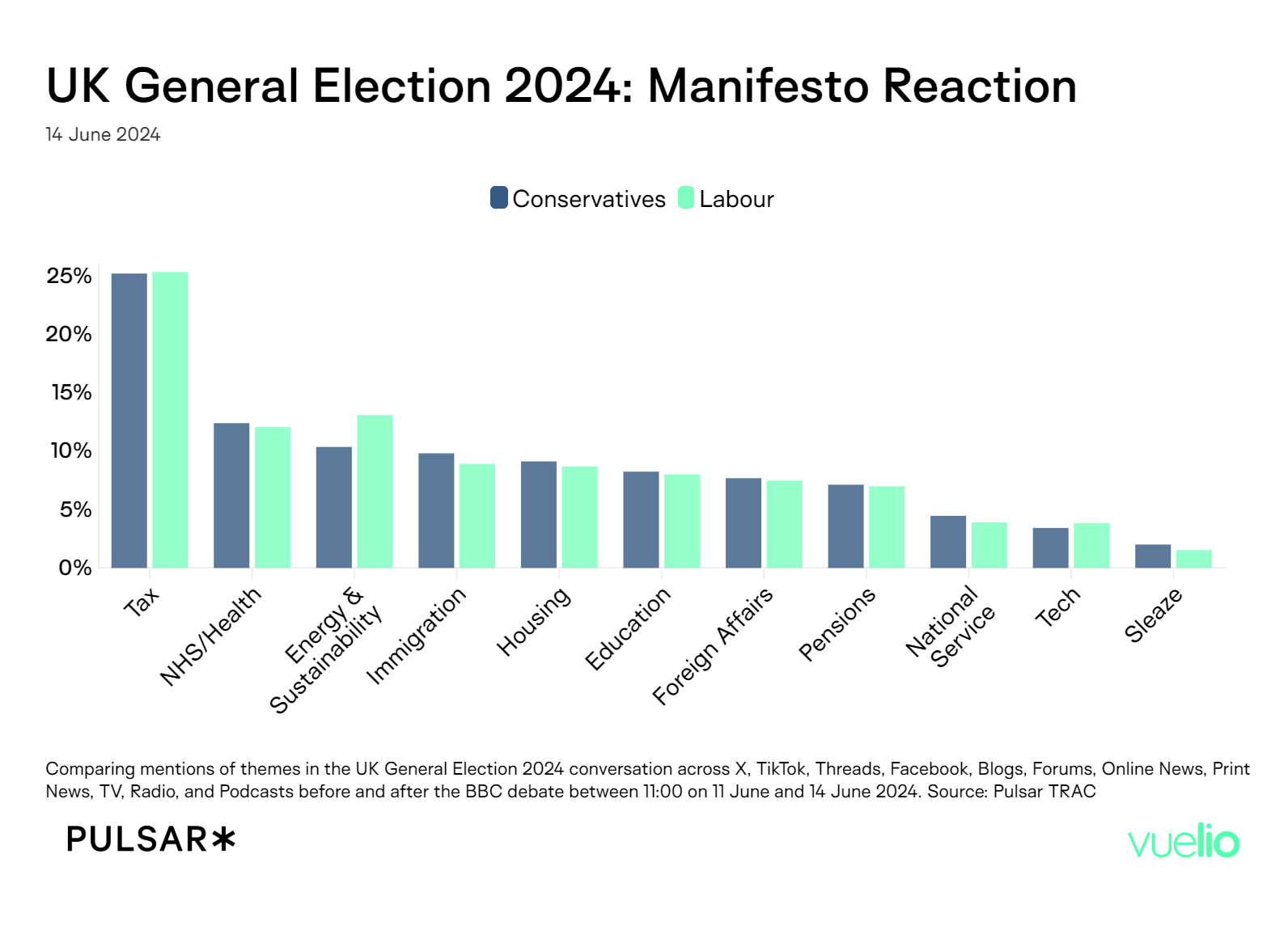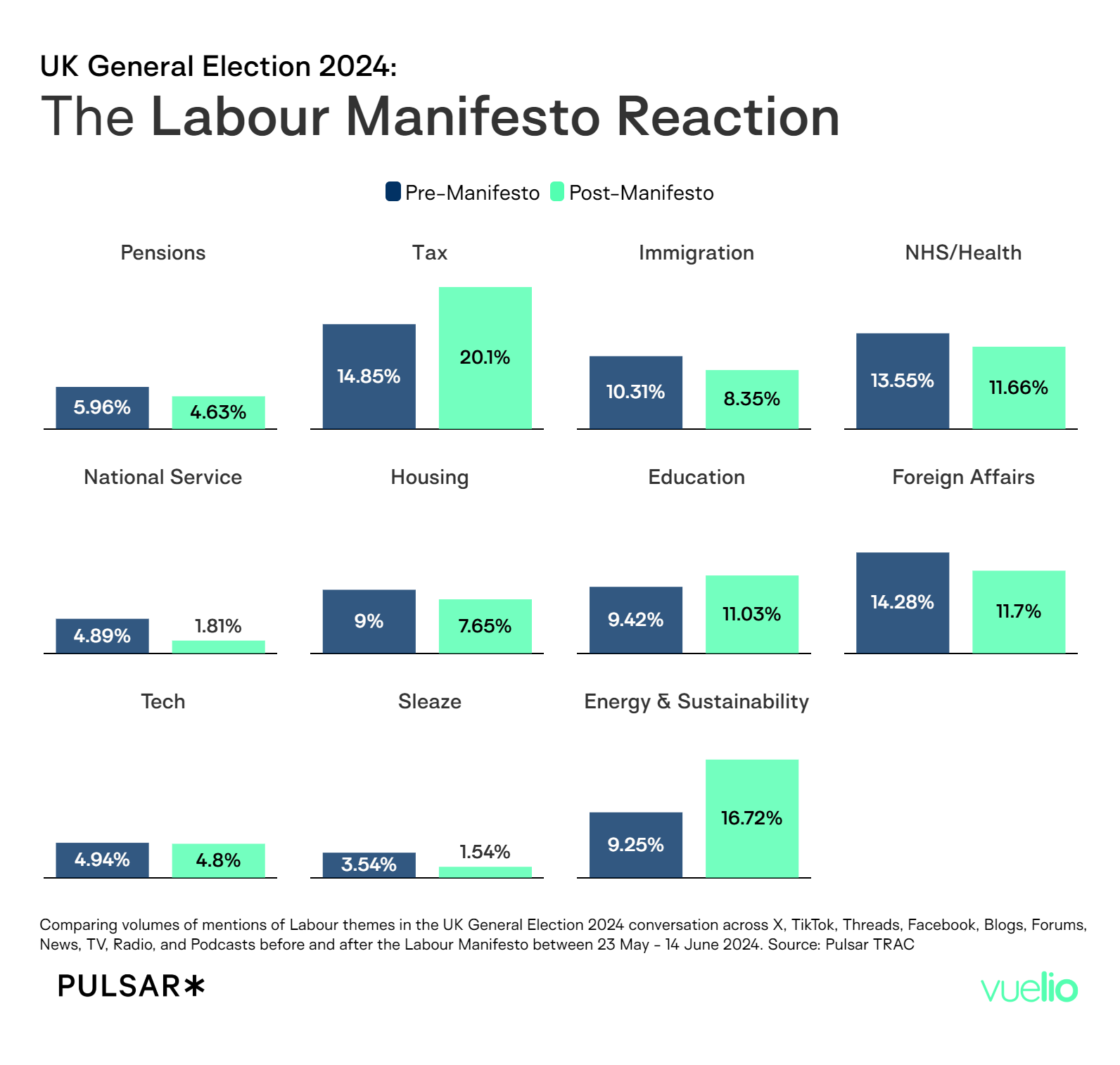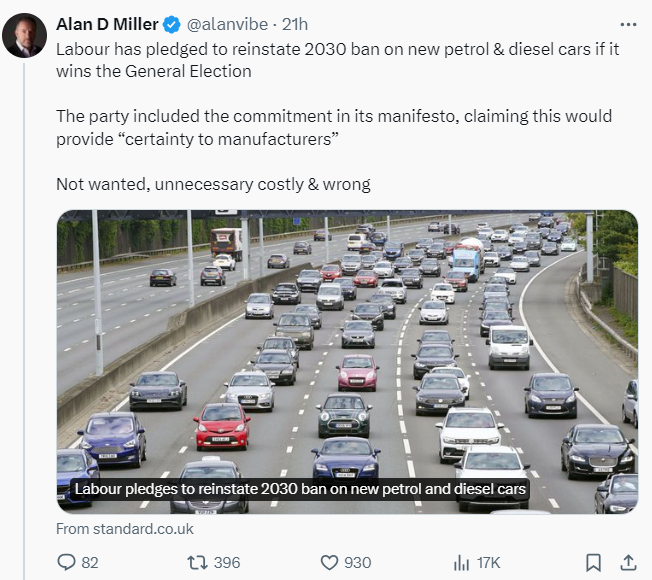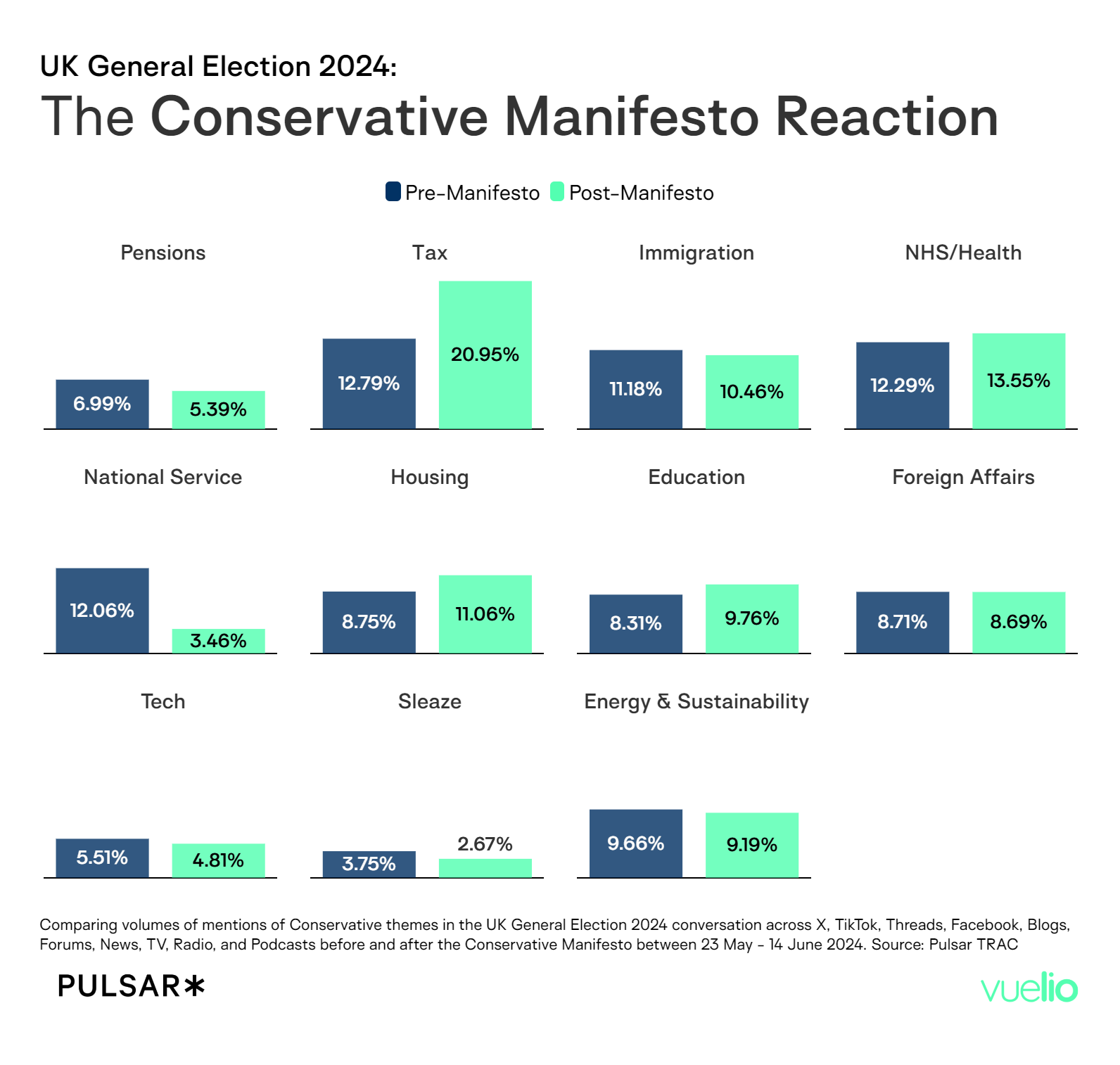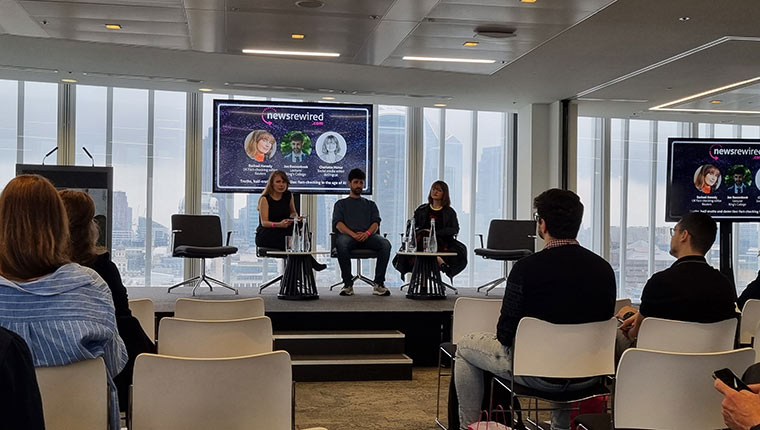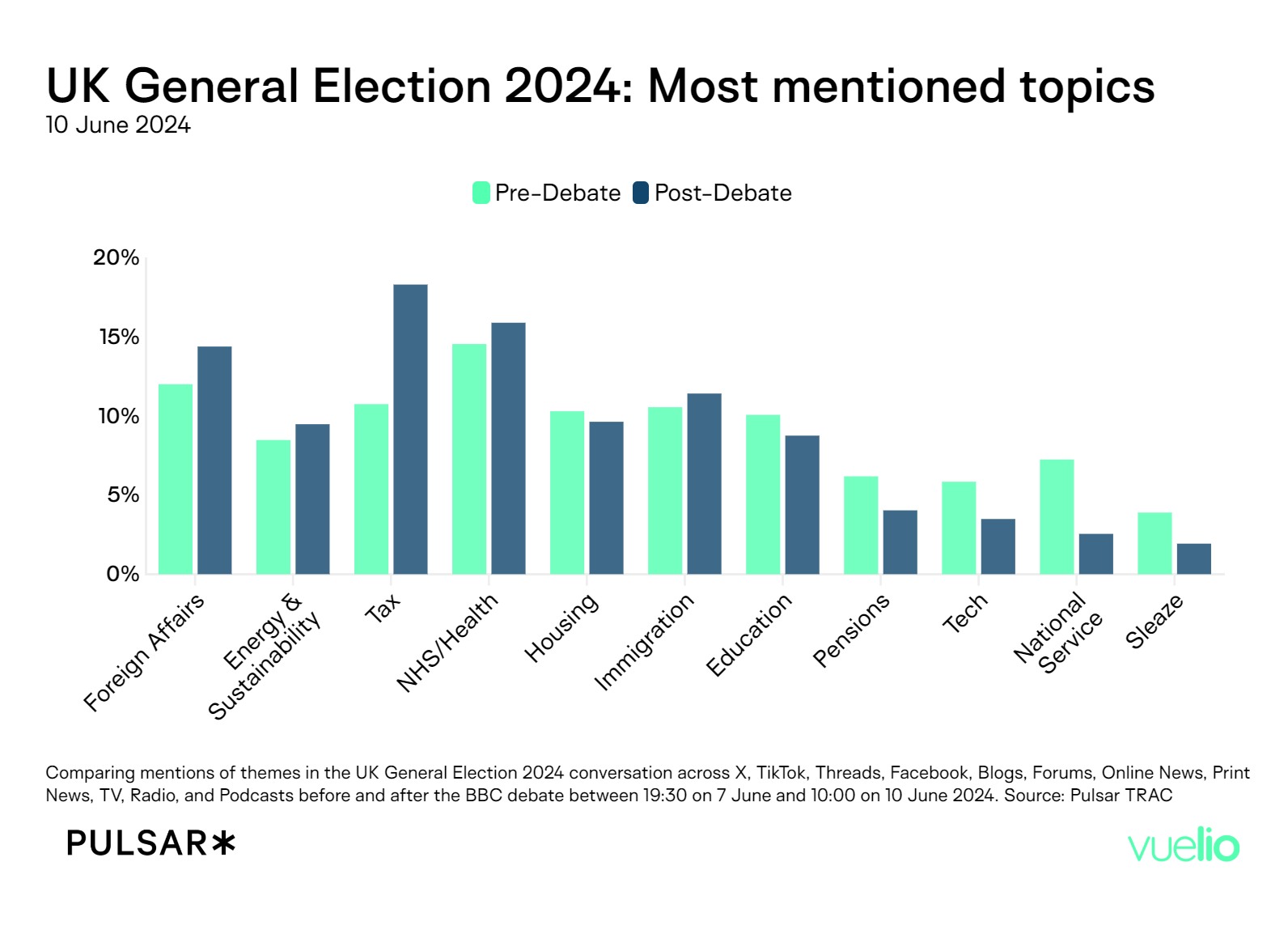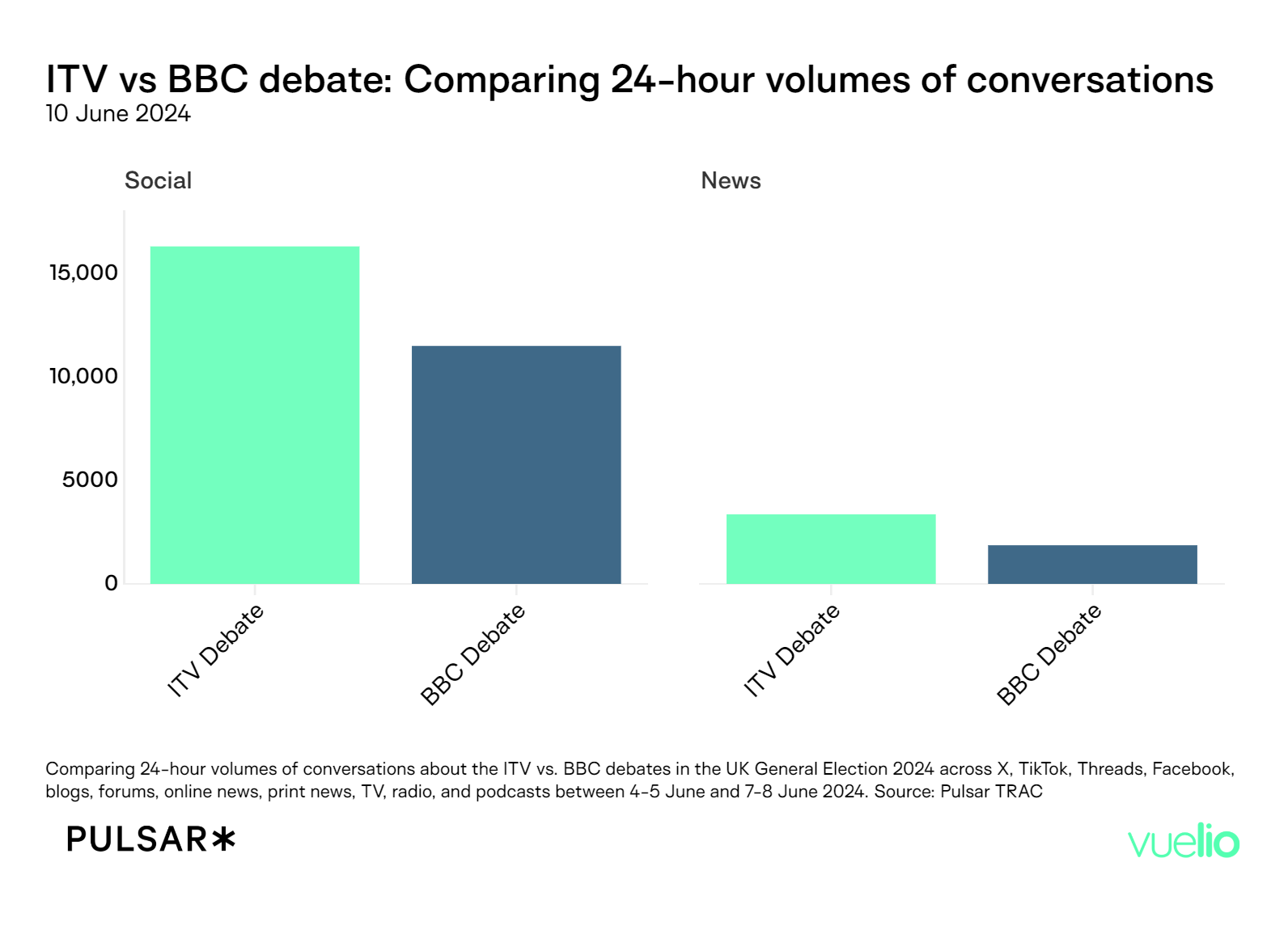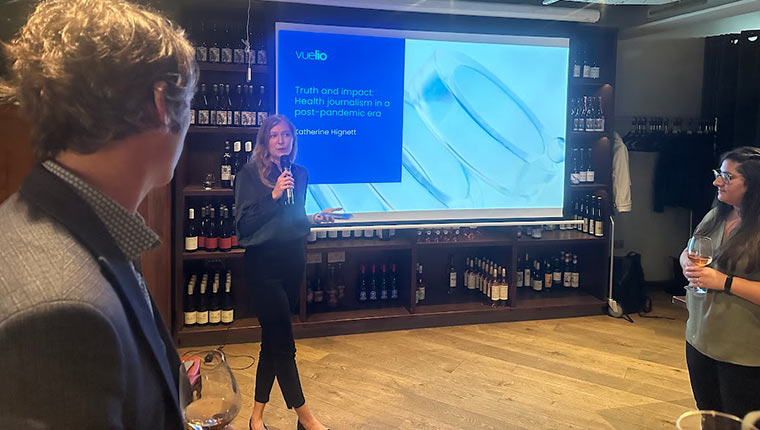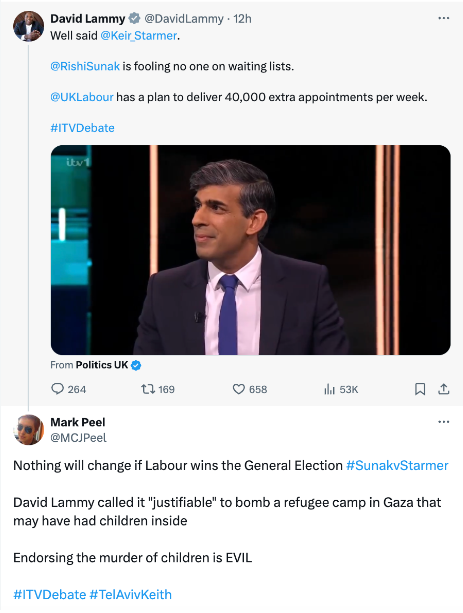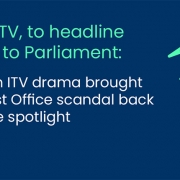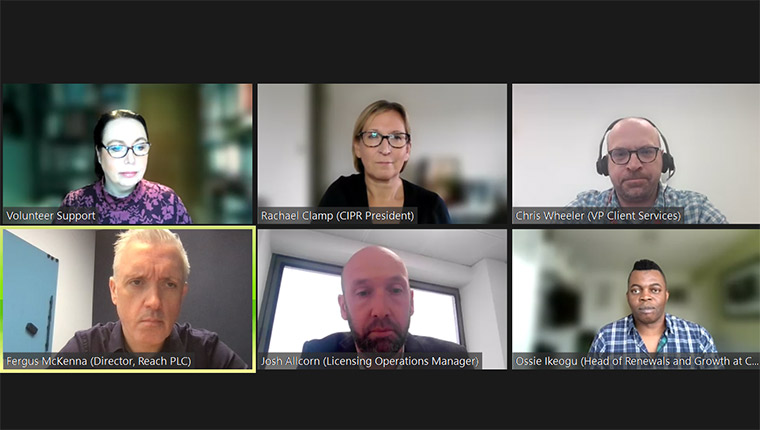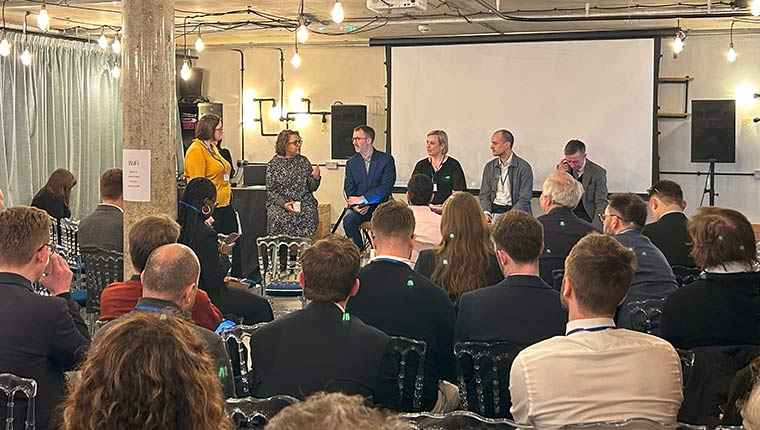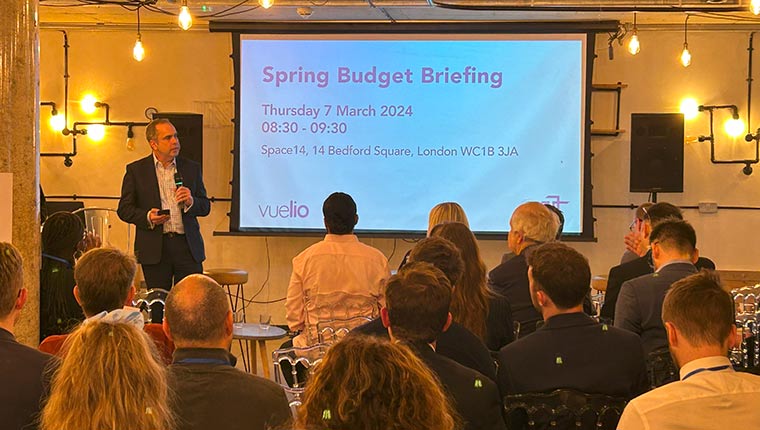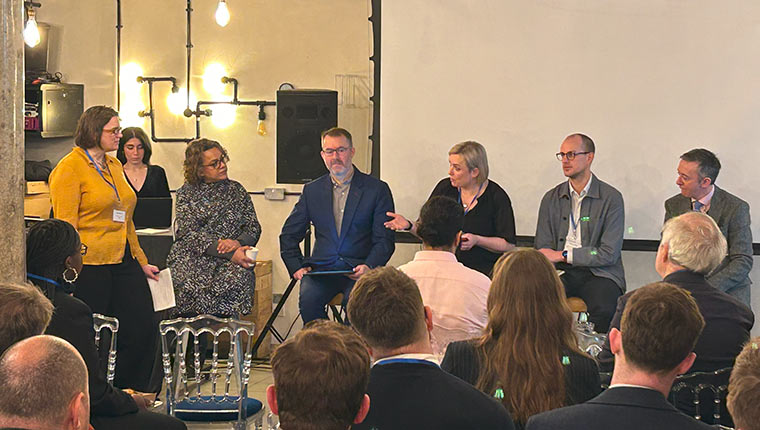Are you following the Green Claims Code with your comms?
A growing awareness of the impacts of climate change has meant greater accountability for PRs communicating company ESG credentials.
Alongside the potential for bad press if you’re doing it wrong are the dangers of falling foul of legislation – the Competition and Markets Authority (CMA)’s Green Claims Code, this Autumn’s DMCC, and incoming EU regulations being just three possible pitfalls.
In our latest webinar ‘Navigating the Green Claims Code: How to avoid the pitfalls of greenwashing’, The Grocer’s editor-in-chief Adam Leyland explained the clampdowns, why your words matter, and how to communicate your credentials to the media.
The clampdown on ESG claims
‘Greenwashing has been going on for a long time – it’s rampant,’ said Adam.
‘In the FMCG space, sustainability-related terms are used liberally – words like ‘eco’, ‘green’, and ‘sustainable’ are scattered into comms. Sometimes this is innocent and well-meaning – linked to positive initiatives to minimise the impact on the environment. Sometimes it’s cynical and glib – and PRs are among the worst offenders.’
Is PR all bad, then? No, explained Adam.
‘The point is this is all relative. Using different packaging doesn’t make a product ‘green’. To make that claim now, you have to undertake some onerous lifecycle analysis of all aspects of the supply chain – packaging, sourcing, catching, energy, water, and what happens to it at the end of the cycle. It’s a difficult thing to make these claims when you have to be so exhaustive.’
While there have been rules set in place on sustainability to be aware of already – Trading Standards and International Standard ISO 14021, for example, Adam warned that ‘it’s only getting more onerous’.
‘The Green Claims Code was established in 2021; Autumn’s Digital Markets, Competition and Consumers Act (DMCC) could mean great whacking fines – the pressure is on,’ said Adam.
‘The market is saying enough is enough. It’s unfair to claim you’re green and gain an economic advantage if you’re really not that green, or you’re being highly selective about it.
Why words matter
‘The reason I said that PRs are the worst offenders for greenwashing is because of the frequency of the stuff you’re putting out,’ explained Adam.
‘All brand marketers are looking for ways to make claims. But when you’re producing that many words, that frequently, things can slip out. It’s different with ads, which have to be ratified by the Advertising Standards Authority (ASA) – they’re going through a level of scrutiny before they go out.
‘With PR, you’ll see certain words everywhere – people pick journos up when we use these words, too.
‘“Ethical” is contentious, even words like “responsibility” come with difficulty. This also applies to images – leaves, skies, all these things that suggest a perfect world are under scrutiny.
‘Phrases like “saving the planet” – remember, the planet is going to be fine. It is lifeforms that are in danger from climate change. The planet will still be there, even if it’s a nuclear wasteland. We need to be careful with the words we use.’
Mistakes to avoid
On what not to do, Adam shared what the team see at The Grocer:
‘Setting targets, and then backtracking is incredibly embarrassing. You’ve traded on something you will do, rather than something you have done. That gives a halo that may not be warranted.’
‘Another issue is dressing up simply following rules and regulations, and putting out press releases about it.
‘Hyperbole isn’t good and neither is hypocrisy. Or glibness. But there are degrees of seriousness, and as much as I’ve been critical, there are worse things than trying to do something good, to reach for the stars and not be able to get there. There’s lying, there are cover-ups, and avoiding the truth – that is the worst form of PR, burying the truth.’
‘Sometimes brands get away with it, and sometimes they don’t.’
The difficulties of the Green Claims Code
‘While the principles of the code sound really simple, the truth is that practicing these principles is actually really difficult,’ said Adam.
‘There are those who don’t know where they’re going wrong. You have to avoid technical jargon while being clear and meaningful. It’s not that straightforward.’
What do journalists want from PRs on ‘green’ topics?
‘The first thing I’d say is honesty’ said Adam, highlighting an example of Abel & Cole rectifying a claim around recyclable packaging in an ad that ran in The Grocer.
‘This is where PR can disarm criticism – admitting that something you did was wrong’.
Abel & Cole went on to win a Grocer Gold Award for Sustainability Initiative of the Year.
‘There’s huge amounts of data needed, and PRs need access to toolkits, and business insights. Start with the data and then make your claim, not the other way around.’
‘Seemingly small things are interesting – we wrote about Quality Street changing their wrapping. We also wrote about British Snack Co working with Aquapak to produce recyclable packaging. You don’t have to make major claims.
‘There are marginal gains, little changes, that chime with the consumer.’
But be careful – as highlighted by Adam, even something as ‘small’ as teabags can come with greenwashing dangers. Moving from plastic? Claiming a teabag is sustainable also means double-checking the tea’s own lifecycle.
Reaching for the stars on ESG
‘I do have a concern for the future in terms of comms. And a concern for a lack of progress towards sustainable development goals. I worry that people will only change because of legislation,’ said Adam.
‘But I think there is a competitive advantage in reaching for the stars with comms. It requires you to do the work on transparency, on data, because without that you can’t take action.
‘If you stop communicating with shoppers, it makes it harder for them to know what’s more sustainable. Those who do the right thing, try to lessen their impact on the environment, and communicate what they’re doing clearly, honestly, and carefully, will be those that flourish.’
For more on PR’s part in ESG, download the Vuelio white paper ‘The perception of PR in sustainability communications: How to avoid greenwashing and be an advocate for change’.



